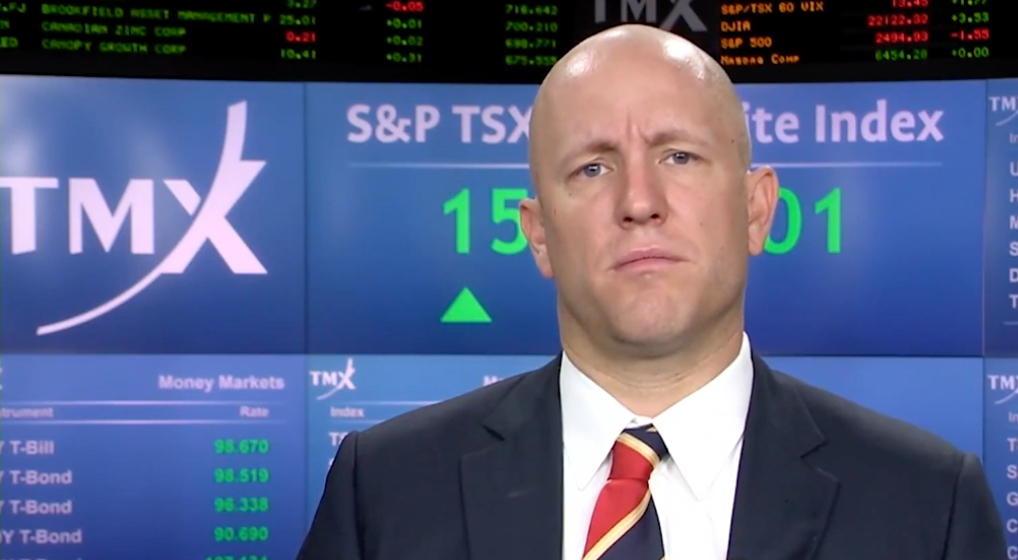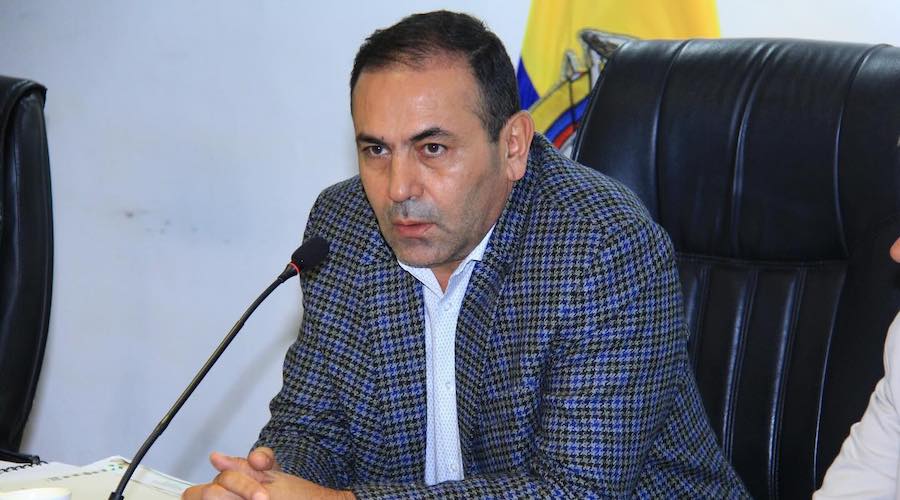The Race for Green Hydrogen Dominance is Heating Up
- By Felicity Bradstock - May 05, 2024
- China dominates the green hydrogen sector with over 1000 kilotonnes of electrolysis-based hydrogen capacity in development.
- Saudi Arabia is constructing the world's largest green hydrogen project, with a capacity of 600 tonnes per day.
- The EU aims to produce and import 10 million tonnes of green hydrogen by 2030 to power transport and decarbonize industry.
Several regions of the world are battling to achieve green hydrogen dominance by rapidly developing their hydrogen production capacity, transport infrastructure, and hydrogen corridors. While Asia and the Middle East are rapidly building their production capabilities, Europe is focusing on connectivity to ensure it can transport hydrogen across borders. Hydrogen is seen as key to achieving a green transition as, unlike many other renewable energy sources, it is considered a versatile carrier that can be used as a fuel to power transport and other hard-to-abate industries. Decarbonising aviation, freight transport and industries such as manufacturing will depend heavily on regional green hydrogen production, which has encouraged both heavy public and private investment into the sector in recent years to accelerate production and spur technological innovation.
Most of the hydrogen produced globally is derived from fossil fuels, with green hydrogen contributing less than one percent of global production at present. However, in line with climate pledges and aims for a green transition, several state governments have introduced green hydrogen policies and funding support to develop widescale green hydrogen projects in the coming decades. There is a global green hydrogen capacity of around 180 kT at present, with 14,000 kT more expected to be completed by 2030. There is a significantly larger global project pipeline that could be deployed pending investment and permitting. At present, China is by far the biggest consumer and producer of hydrogen.
The countries with the most ambitious green hydrogen production pipeline include China, Saudi Arabia, Sweden, the U.S., the U.K., Germany, Vietnam, Australia, Oman, France, and Canada. In 2023, China had 1060.9 kilotonnes of electrolysis-based hydrogen capacity in the final stages of development. While the second biggest green hydrogen power, Saudi Arabia, had 339 kT, followed by Sweden with 230.8 kT, demonstrating China’s dominance of the sector. Saudi Arabia is currently constructing the world’s biggest green hydrogen project to date, a facility that is expected to include ?up to 4 GW of solar and wind energy to produce up to 600 tonnes of green hydrogen per day, or up to 200 GW of green hydrogen every year.
The European Union aims to produce 10 million tonnes and import a further 10 million tonnes of green hydrogen by 2030, which it will use to power transport and decarbonise industry. Germany has big plans for a future in green hydrogen, with almost $14.2 billion in state funding earmarked for the development of around two dozen hydrogen projects. Meanwhile, Sweden opened its largest electrolyser facility last year, with more expected to follow. In the U.K., the government believes “low carbon hydrogen has a critical role to play in [its] transition to net zero.” The U.K. plans to develop 5 GW of low-carbon hydrogen production capacity by 2030, equivalent to the amount of gas consumed by over 3 million households annually.
In the Middle East and North Africa (MENA) region, several states are developing their green hydrogen capacity, supported by state and private funding. This month, in Oman, the state-owned group overseeing green hydrogen development, Hydrom, surpassed its annual funding aims with the signing of two new projects in Dhofar worth $11 billion. Oman’s total green hydrogen production is now expected to reach 1.38 million tonnes per year (mtpa) by 2030. The second round of green hydrogen auctions by Hydrom attracted more than 200 companies looking to invest in the sector in Oman.
Meanwhile, in March, the Moroccan government stated that it would be allocating one million hectares to green hydrogen projects, with 300,000 hectares designated for the first phase of development. This is expected to attract greater private investment in the sector. The Prime Minister of Morocco said he expected to help the North African country “play a major role in the field of energy transition globally.” Over 100 investors have already shown interest in producing green hydrogen in Morocco, encouraged by the country’s favourable conditions for solar and wind energy production.
In Asia, China is rapidly developing its green hydrogen capacity, with an estimated installed capacity of 1.2 GW at the end of 2023. The Hydrogen Council and McKinsey predict that China will be the biggest single market for clean hydrogen by the mid-century, transporting most of its supplies via pipeline for domestic use. Meanwhile, in Vietnam, the government launched its national hydrogen development strategy in February. Vietnam aims to produce between 100,000 MT and 500,000 MT a year of hydrogen, derived from renewable energy and carbon capture by the end of the decade. This is expected to increase to between 10 million MT and 20 million MT a year by 2050.
In most regions of the world, green hydrogen is in the nascent stage of development. However, several countries have significant green hydrogen production pipelines, which they hope to develop over the next decade. This is expected to support the decarbonisation of hard-to-abate industries such as transport and heavy industry. While China will no doubt remain the biggest green hydrogen producer, several other countries are developing green hydrogen strategies to support regional development to reduce their reliance on foreign powers for their renewable fuel supply.
By Felicity Bradstock for Oilprice.com




